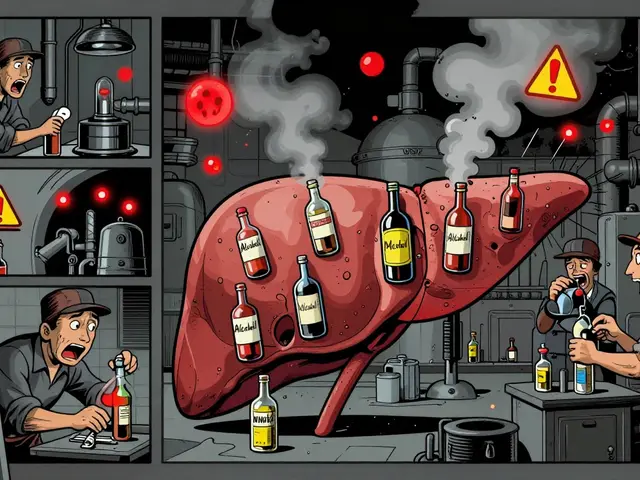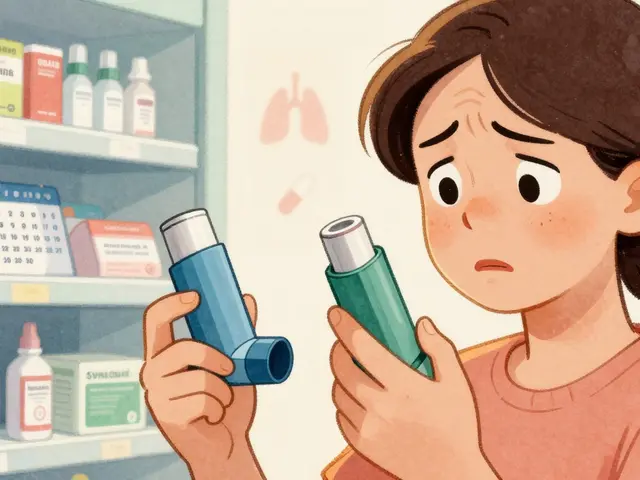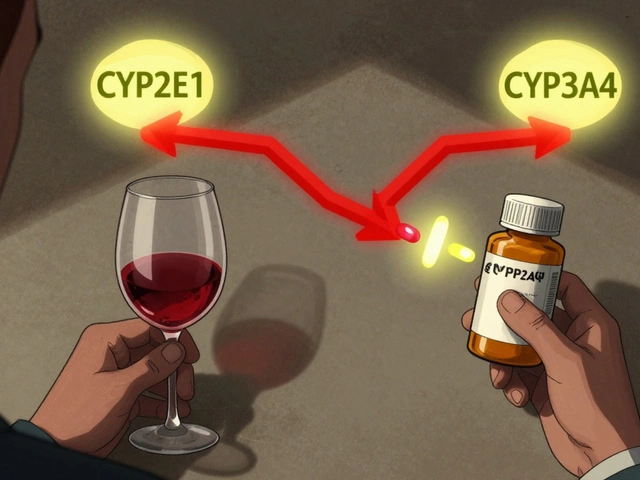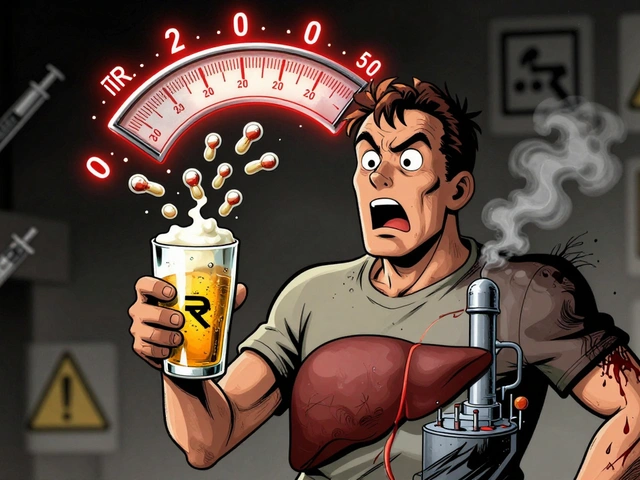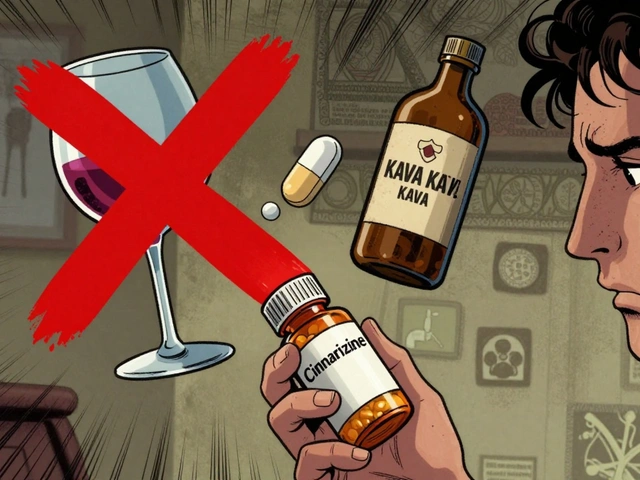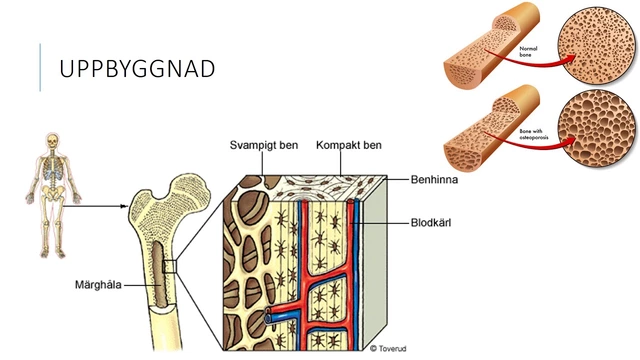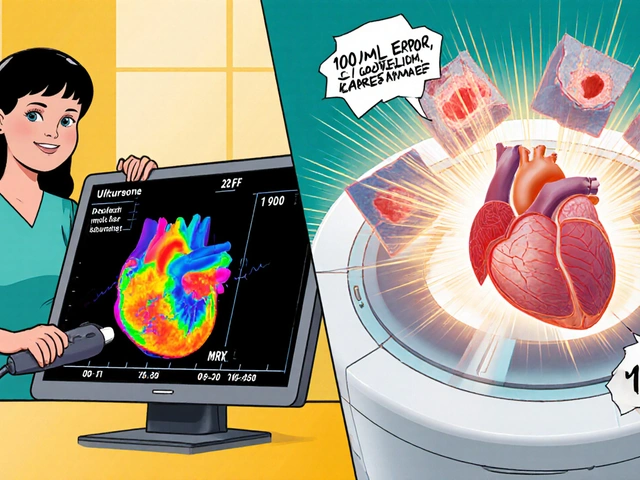Muscle Aches – What’s Behind the Pain and How to Fix It
Ever feel a tight knot after a workout or a dull ache after moving furniture? You’re not alone. Muscle aches pop up for many everyday reasons, and most of them are easy to handle at home. Below we break down why they happen, when you should worry, and quick steps that actually work.
Common Triggers
Most sore muscles come from three simple sources: over‑use, sudden strain, or not giving the body enough recovery time. Heavy lifting, long runs, or even a marathon Netflix binge in an awkward chair can cause tiny tears in muscle fibers. Those micro‑tears release chemicals that signal pain – that’s why you feel the burn after a new exercise routine.
Other culprits include dehydration, low electrolytes, and poor sleep. When your body lacks water or minerals like potassium and magnesium, muscles can cramp and stay sore longer. Even a change in weather—cold air or sudden humidity—can make joints and muscles feel stiffer.
Quick Relief Tips
First off, ice or heat works wonders depending on the situation. Apply an ice pack for 15‑20 minutes during the first 48 hours if the ache follows a fresh injury; it cuts inflammation. After that, switch to gentle heat—like a warm shower or a heating pad—to improve blood flow and ease stiffness.
Stretching is another low‑effort fix. Simple moves like toe touches, shoulder rolls, or a light yoga routine can lengthen tight fibers without overdoing it. Keep moving; a short walk often feels better than staying still on the couch.
If you need extra help, consider over‑the‑counter options such as ibuprofen or acetaminophen. They reduce pain and swelling, but always follow the label dosage. For natural fans, magnesium supplements or a banana can replenish lost electrolytes fast.
When muscle aches linger more than a week, get worse instead of better, or come with fever, numbness, or severe weakness, it’s time to call a doctor. Those signs could point to an infection, nerve issue, or a deeper condition that needs professional care.
Bottom line: most muscle aches are just your body’s way of saying “slow down for a bit.” Hydrate, stretch, use ice or heat, and grab a mild pain reliever if needed. Follow these steps and you’ll be back to moving comfortably in no time.


